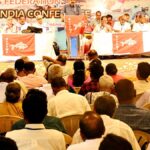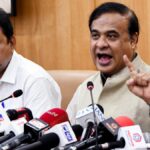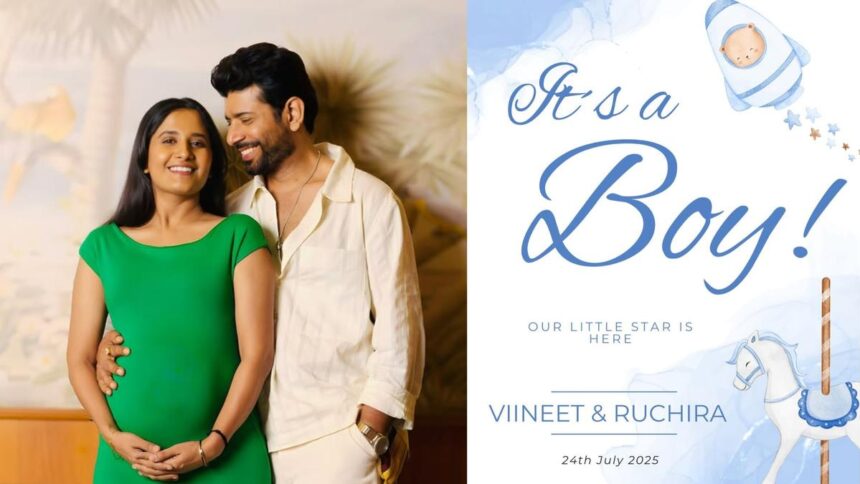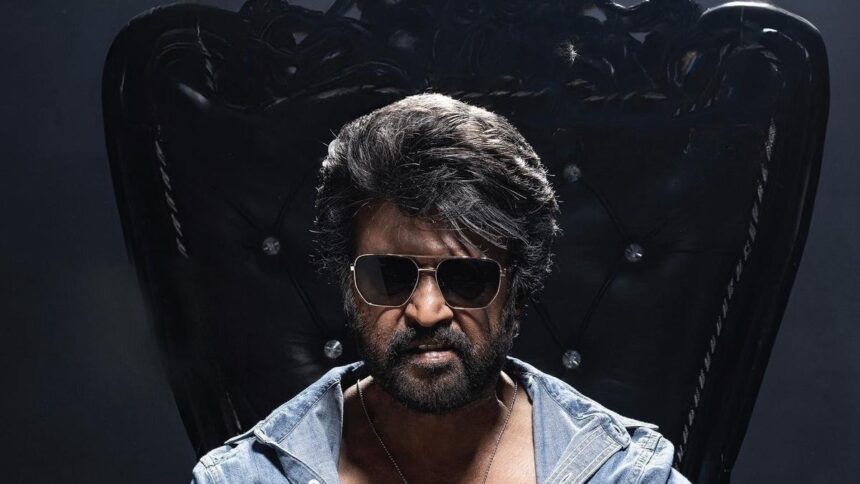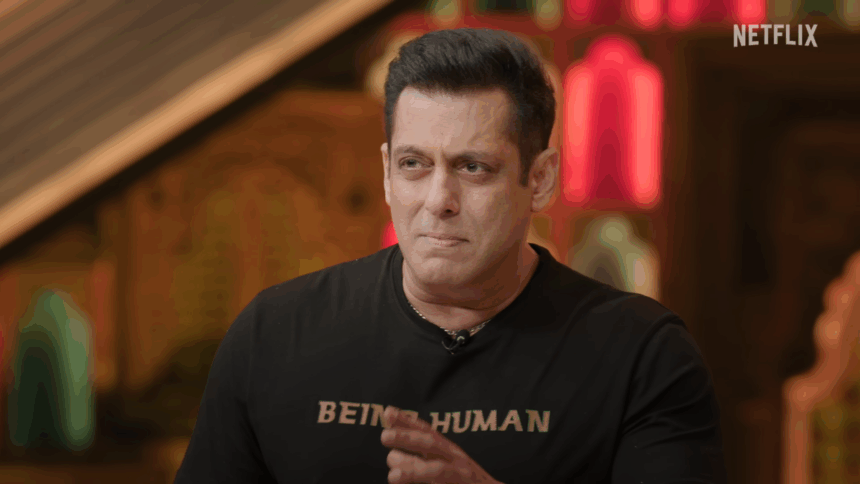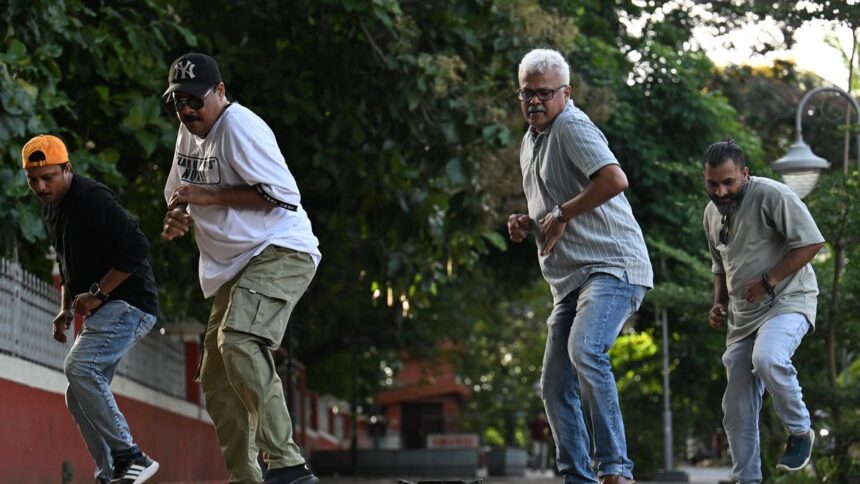
Sid Sriram during a performance in Chennai (file photo)
| Photo Credit: Akhila Easwaran
Sid Sriram travelled to Singapore to perform a concert at the Mandala festival of the famous Sri Sivan temple, after Kumbabishekam. He may have had to take a call on the character of the concert, given the occasion and the likely diverse audience. That he chose to keep it ‘Carnatic’ was a sensible judgment. Choices of kriti followed a similar thought.
Almost all kritis were from the mainstream Carnatic repertoire — ‘Kapali’ in Mohanam and ‘Akshayalinga vibho’ in Sankararabharanam — being the anchor pieces. A Ganesha slokam and Pantuvarali varnam (‘Sami ninne’ ) as an opener was as-orthodox-as one could imagine. This was followed by ‘Sabapathikku’ (Abhogi, Gopalakrishna Bharathi) and ‘Kapali’ (Papanasam Sivan) in slightly contrasting tempos. Mohanam alapana was characterised by short phrases and impactful landings, while the progressive arc was maintained. Swaras, in both the songs, brought out Sid’s snappy pattern-building, including some delayed rhythm usages.
An unexpected ‘Ranga puravihara’ (Brindavan Saranga, Muthuswamy Dikshitar) lent the tempo an arresting and relaxed interlude that the concert needed. ‘Banturiti kolu’ (Hamsanadam, Tyagaraja) was a breezy rendition with some swift swaras. .
Resolved to keep the concert conventional, Sid launched a poignant Sankarabharanam raga alapana that circled the nuances well, without belabouring or double-shot sangathis. Violinist Varadarajan was pleasing in the raga alapana segments. Not many would have expected the slightly slower Sanskrit piece, ’Akshayalinga vibho’ of Dikshitar, as the audience was perhaps dominated by Tamil families with a deep language culture. Yet, they showed that music goes beyond language by their vigorous endorsement. Niraval in ‘Badarivana moola’ added a further traditional punch and there was no impression of lightness that one associates with such temple concerts.
Sid then moved on to the gentler segment with ‘Gangadeeswaram’ (Sindhu Bhairavi) and ‘Aadum chidambaramo’ (Behag) shifting gears to ‘Enna kavi paadinaalum’ (Sivaranjani) that has its own somber tinge.
There is work to be done in moderating his abrupt voltage shifts and tonal variations, as they are not germane to Carnatic music. That would also steer the style to more sowkhyam.
The percussionists’ (Patri Satish Kumar on the mridangam and Anirudh Athreya on the kanjira) frequent top-speed deployment and crescendos seemed more gallery-focussed. Varadarajan brought a lot of class to the concert despite a couple of misses due to the buoyancy of the concert.
Published – August 08, 2025 05:52 pm IST




